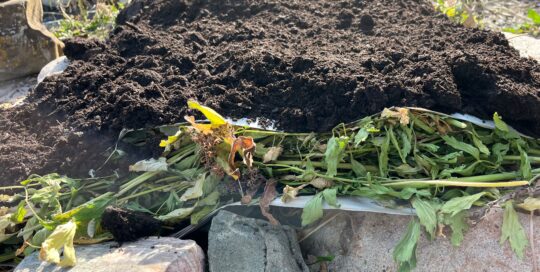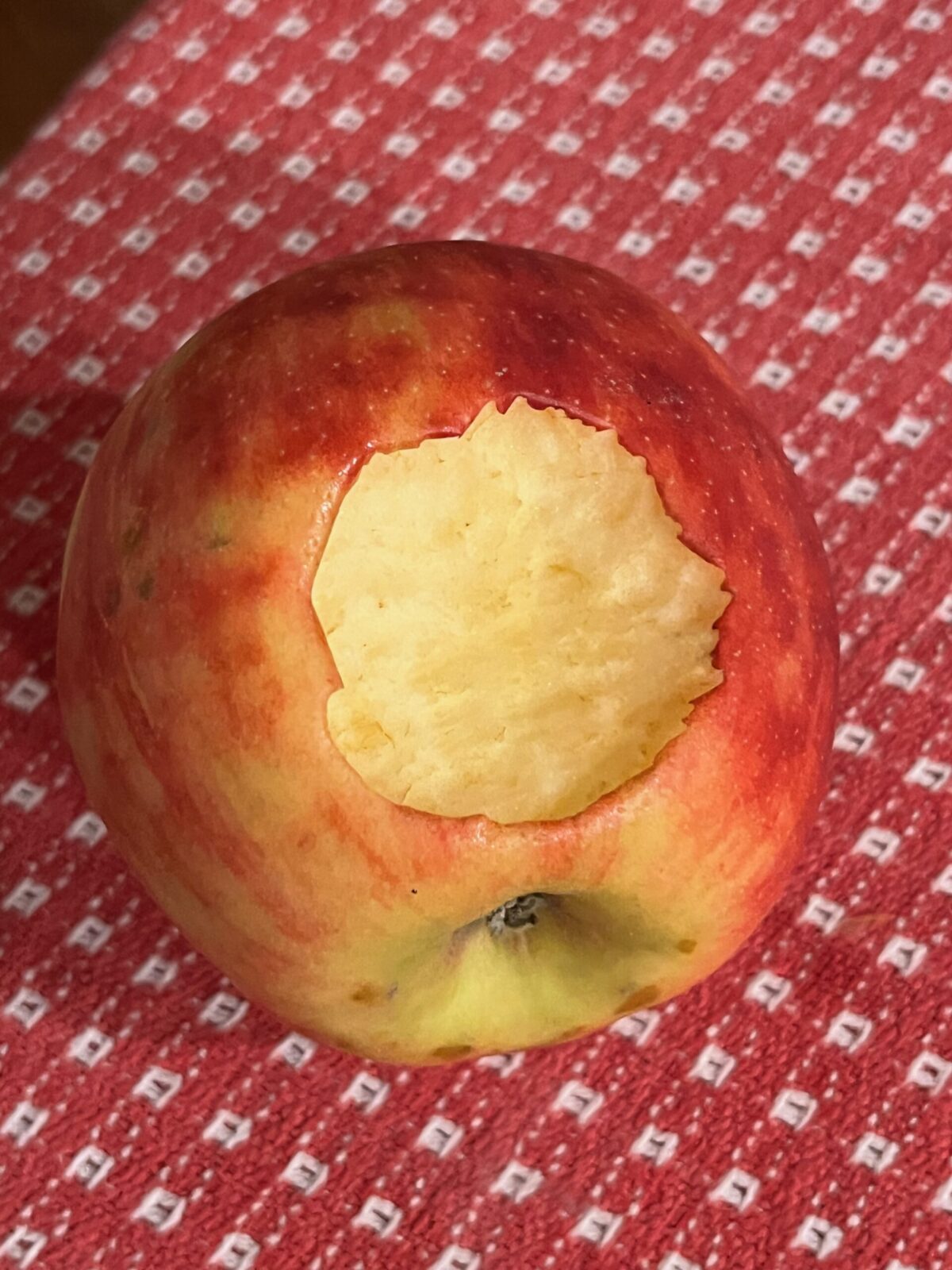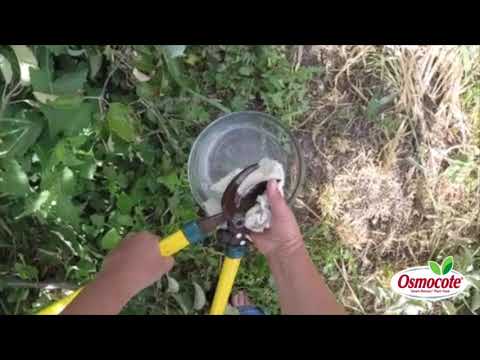Some Pests Like It Hot!
Views: 460

Some pests like it hot! This is especially true of the insect world so I thought it might be a good time to talk about pests that thrive in summer heat.
How a Heatwave Affects Garden Pests
After a cool, wet, spring and early summer, we really thought we were going get off easy this year. But Mother Nature decided to crank up the thermostat, and we are now flirting with temperatures around the century mark. Not surprisingly, I’ve noticed more insect activity in the garden. Here are a few pests that like it hot and thrive in the summer’s hottest temperatures.
Grasshoppers Like It Hot!
The past several years have been terrible for grasshoppers, but I really thought this year would be different. That cool, wet weather early on seem to hamper their production. I’m afraid I was wrong because I am seeing more grasshoppers, and I know friends are experiencing them at significant levels.
Unfortunately, the best time to deal with grasshoppers in the spring. Use a product with Nosema locustae mixed in with bran or another food base to stop them when they’re young. When they are full grown and attacking vegetation, the best course of action is just to cover everything possible with a floating row cover. Plan on dispersing the bait next spring to avoid, or at least reduce, the situation.
Thrips Thrive in the Heat
Even though thrips are super tiny they are seriously destructive. The sap-sucking insects are typically light colored, and very slender, measuring only 1/16 of an inch long. That is small! But in groups, they really do a number on your plants. We typically have the most problem with them by the middle of summer, particularly when it is hot, in the gladiolas and other flowers. They will burrow within the foliage and the flower parts of the plants weakening them, or at least making them unattractive.
There are also difficult to control because there can be so many of them. If you are in a hot, dry climate, one tool is to water frequently because they prefer arid conditions. Another option is to spray the plants with insecticidal soap, or use a pyrethrum application four days apart. Spinosad is yet another means of gaining control.
Spider Mites Are Tiny Sap Suckers
If you think trips are small, spider mites will send you reaching for the magnifying glass. Many of these species are only 1/60 of an inch in length. Of course, this makes them very difficult to spot. Depending on the species, the leaves may have a bleached appearance, or may become bronzed colored and start to curl. One of the best telltale signs, even though it is not always present, is webbing around parts of the plant.
If you have a spider, mite infection, horticultural oils are often times effective because they easily smother the small pests. Insecticidal soap and Neem are also good ways to dispatch these little critters.
Wasps and Yellowjackets are Cranky in the Heat
Dry weather causes stress with wasps and yellowjackets who need water as much as any creature and they lack of moisture often causes them to be more aggressive. Once again, the difficult aspect of this time of the year is mitigation for wasps and yellowjackets is best done in the spring. As soon as you see a couple of them begin emerging, typically in March and April depending on your location, set out pheromone traps to capture the queens.
But if you have uninvited guests, who have a propensity to sting, you, invading your garden and eating your fruits, and sometimes vegetables, there are measures to take. Creating a barrier, whether it’s using a floating row, cover or some sort of mesh, can be useful to protect berries and other fruits. Some people also find it helpful to hang traps that are baited differently in the summer. These often use pieces of meat, because they clue into the protein, or something sweet. And it’s important to remember that if you are harvesting in the garden at this time of the year to be careful picking in the early morning. More than once, I’ve reached for a raspberry and surprised a yellowjacket. Nobody is happy in this situation!
It’s definitely a challenge to deal with hot weather in the pests that thrive in these kinds of conditions. Just be more vigilant, water well and as often as you can, and take more assertive action whenever necessary.
Meet Amy Grisak
Amy is a freelance author and photographer in Great Falls, MT who specializes in gardening, foods, and sustainable agriculture. She provides information on every kind…
Amy's Recent Posts

What Garden Debris Can You Compost?








